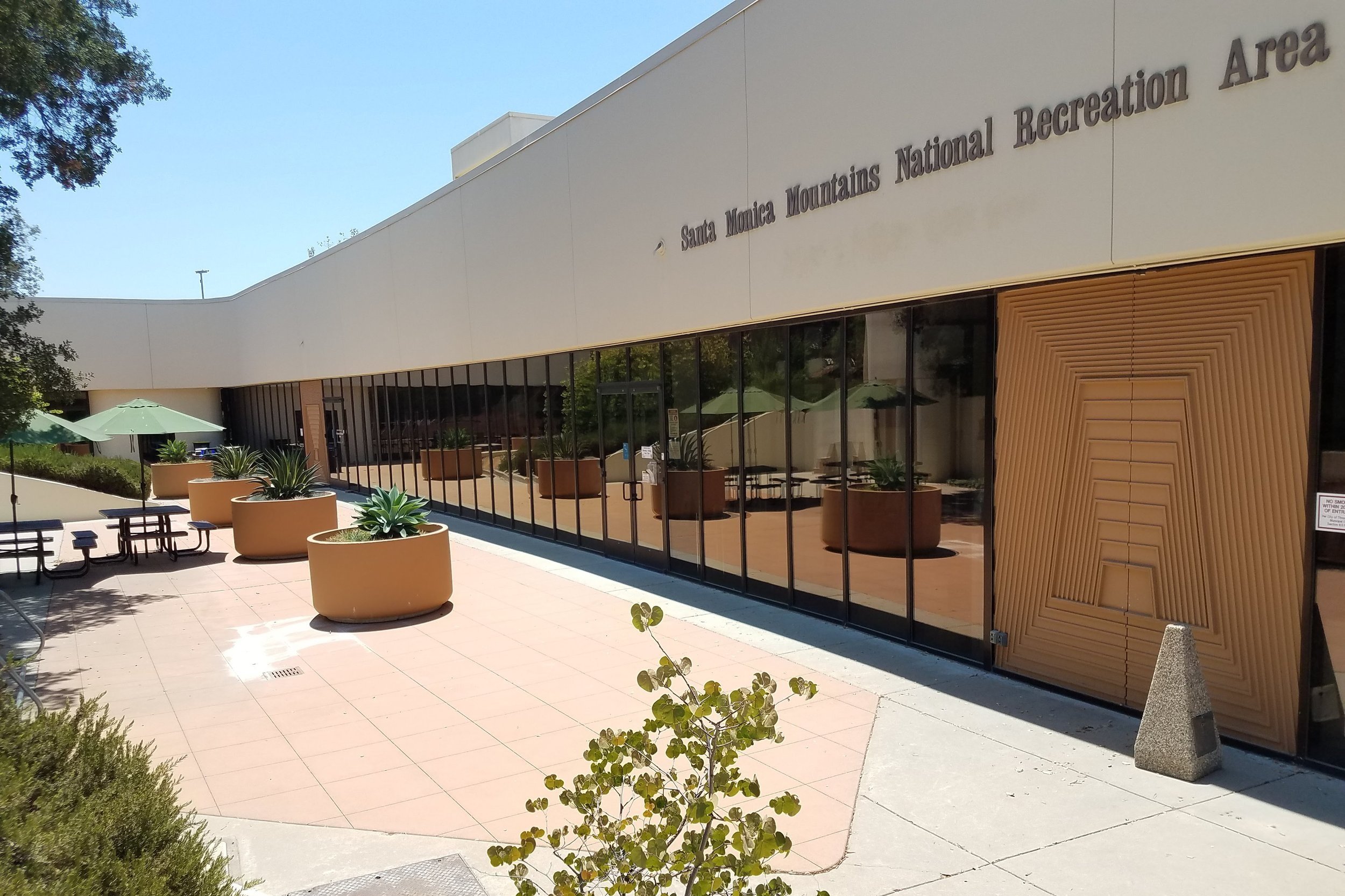
Buildings
Because the community’s electricity is largely supplied from clean renewable sources, a shift from fossil fuel use (whether natural gas in buildings or gasoline in vehicles) to electric power will result in community-wide emissions reductions. In the Building Energy sector, the focus is on using less energy (i.e. energy efficiency), electrification (i.e. a shift from the use of natural gas to electricity to perform the same function), and the increased use of carbon-free renewable energy.
For a short presentation on the City's building emissions, please click on the video below.
Clean Power Alliance - the City’s default clean electricity supplier
100 percent renewable electricity service from Clean Power Alliance (CPA) began in early 2019. The switch to CPA has had the single largest impact on the City’s GHG emissions, reducing them by 18% overall.
CPA offers three different program options:100% renewable (“green”)50% renewable (“clean”)40% renewable (“lean”)
Thousand Oaks Participation Rates in CPA: 80% “green” (100% renewable)9% “clean” or “lean”11% opted out (returned to SCE)
New Buildings
The State has established green building and energy efficiency standards for new buildings. CALGreen (Title 24 Part 11) sets mandatory green building standards and the California Energy Code (Title 24 Part 6) sets building energy efficiency standards. Although these apply primarily to new buildings, they come also come into effect for additions and building modifications depending on the size and scope of the project.
The CEAP includes measures to adopt local building codes, so-called Reach Codes, that go beyond these standards and require new buildings in the City to reduce their GHG emissions footprint through electrification or a menu of flexible measures.
Existing Buildings
The biggest challenge in tackling emissions from buildings is addressing existing buildings. While the City plans to set higher standards for new construction, most buildings are already in place. How do we make existing homes more energy-efficient and transition them to cleaner energy?
The City believes that the best way to do this is to provide outreach, education and resources for property owners to make this transition voluntarily, because it is the best option not just for the environment but also for themselves. Under the CEAP, an Energy Ambassador Program will be established that will provide staff resources to assist the community in accessing funding for electrification and energy efficient upgrades.
Induction cooktop in a home.
GOALS AND MEASURES
Community Energy Use Maps
View a map of the City to see how energy use compares in different areas. The map is best viewed on a desktop.







